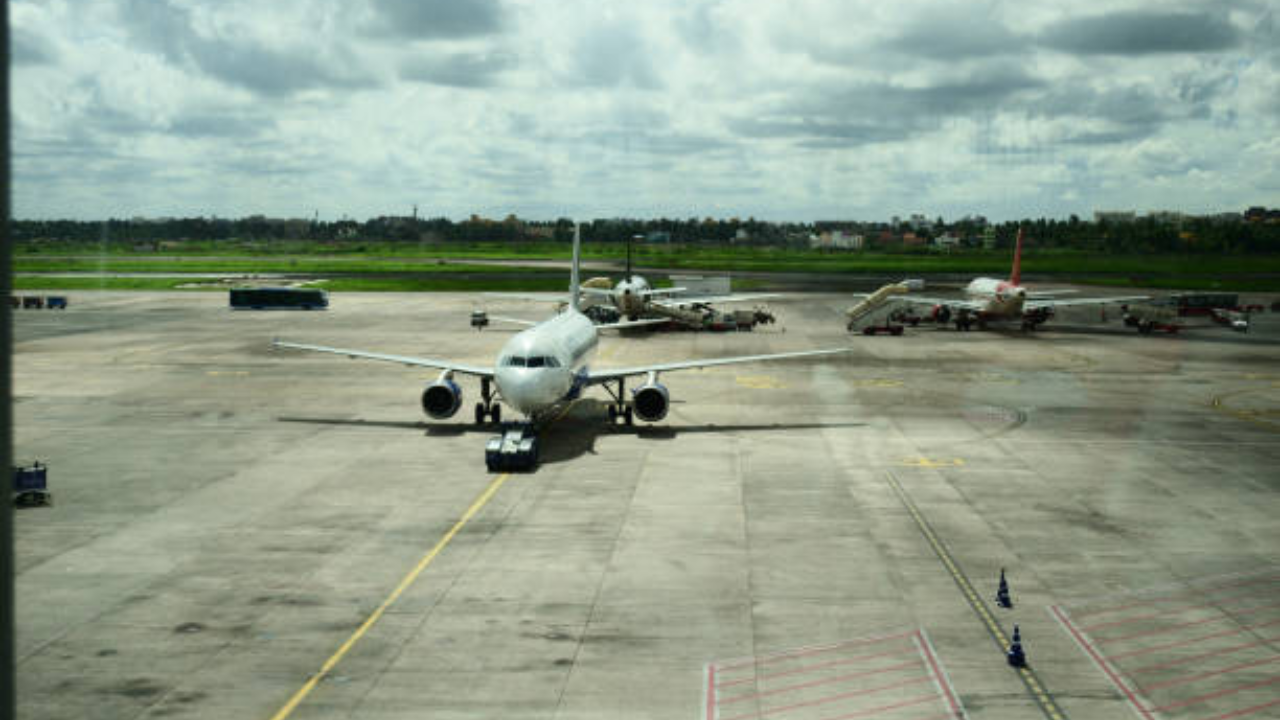 |
|
The Indian government has implemented stringent measures to curb the escalating issue of hoax bomb threats targeting airlines and airports. These threats, while ultimately proving to be false alarms, have caused significant disruptions, anxiety among passengers, and substantial financial losses for airlines. The recent surge in such incidents, culminating in over 500 hoax calls during Diwali alone, prompted the Ministry of Civil Aviation (MoCA) to take decisive action. This action is not merely reactive; it signifies a proactive approach to securing India's aviation sector against potential threats and the exploitation of vulnerabilities within the system.
The core of the government's response lies in a newly issued Gazette Notification, amending the Aircraft (Security) Rules. This amendment introduces two key changes: the establishment of a 'no-fly list' for individuals deemed a security risk due to their involvement in hoax bomb threats, and the implementation of substantial financial penalties for perpetrators. The Bureau of Civil Aviation Security (BCAS) has been granted the authority to add individuals to this no-fly list, effectively barring them from air travel within the country. The penalties are tiered based on the offender’s classification – individuals face fines up to Rs 1 lakh, while organizations face fines ranging from Rs 50 lakh to Rs 1 crore, depending on their size. This clearly demonstrates a zero-tolerance approach to such security threats, intended to serve as a strong deterrent.
Beyond the penalties, the amendment empowers the BCAS Director General with the authority to refuse entry to or remove individuals from aircraft deemed to pose a security risk. This power allows for immediate action in situations where a threat is perceived, regardless of whether a formal charge or investigation is underway. This power is particularly significant as it addresses a gap in existing regulations, providing aviation authorities with more assertive tools to manage potentially disruptive or dangerous individuals. The implementation of these measures represents a significant shift in the approach to aviation security in India, emphasizing proactive threat mitigation over purely reactive responses.
The Ministry of Civil Aviation, in collaboration with the Ministry of Law, is also working on drafting further regulations. These regulations aim to better classify hoax threats, providing a more nuanced approach to penalties and legal action. Furthermore, consultations are ongoing with stakeholders, including airlines and the Directorate General of Civil Aviation (DGCA), to ensure that the new regulations are effectively implemented and that the aviation industry is adequately prepared for the changes. The collaborative approach suggests a commitment to developing a comprehensive and sustainable solution that addresses both the immediate threat and the underlying vulnerabilities exploited by those making the threats. The involvement of the Law Ministry underscores the government's commitment to ensuring the legal framework supports these security measures.
The introduction of a no-fly list, while controversial in some jurisdictions, is seen as a necessary measure in this context. The substantial financial penalties reflect the significant disruption and potential danger posed by such threats. The proactive approach taken by the Indian government showcases a clear intention to maintain a secure and reliable aviation system. While the effectiveness of these measures will ultimately depend on consistent enforcement, the policy changes represent a significant advancement in the fight against disruptive and potentially harmful hoax threats.
The government’s actions are driven by a recognition that the cost of inaction far outweighs the costs of these measures. The disruption to flight schedules, the economic losses suffered by airlines, and the psychological toll on passengers all necessitate a firm and decisive response. By implementing a comprehensive strategy encompassing stringent penalties, proactive passenger removal powers, and the establishment of a no-fly list, the government aims to deter future threats and maintain the safety and security of Indian airspace. The long-term success of this initiative hinges upon its consistent enforcement and its ability to adapt to evolving tactics used by those who make bomb threats.
Source: Centre's Plan to Curb Bomb Threat Menace: No Fly List, Rs 1 Lakh to Rs 1 Cr in Fine
